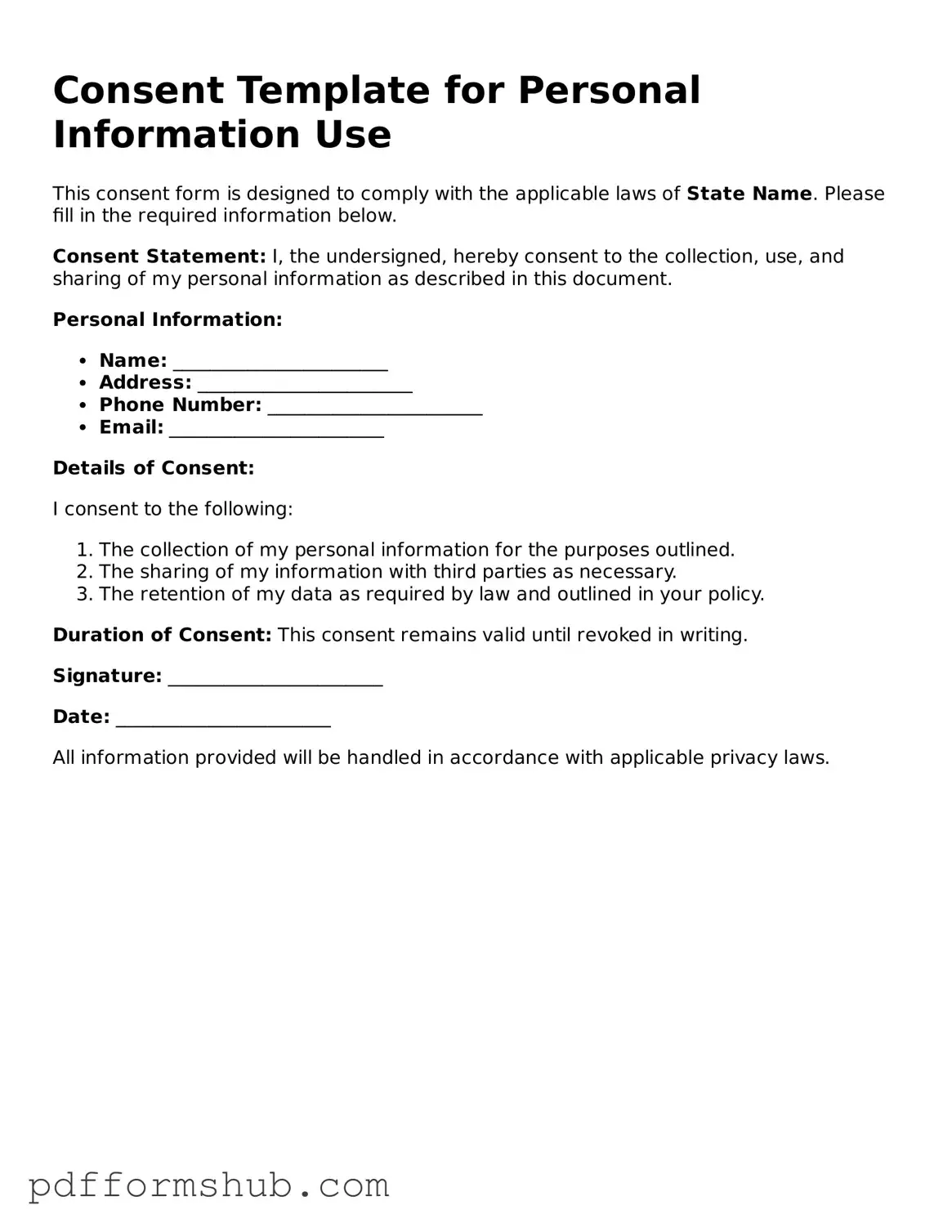Consent forms play a crucial role in various aspects of life, particularly in healthcare, research, and legal contexts. They serve as a formal agreement between parties, ensuring that individuals understand and agree to the terms and conditions of a specific procedure, study, or contract. These documents typically outline what the individual is consenting to, the potential risks involved, and any alternatives available. Additionally, consent forms often include information about confidentiality and the right to withdraw consent at any time. Clarity and transparency are essential; a well-drafted consent form empowers individuals to make informed decisions. Understanding the components and implications of consent forms is vital for both those providing and receiving services. This article will explore the significance of consent forms, their common uses, and best practices for ensuring that consent is truly informed and voluntary.
